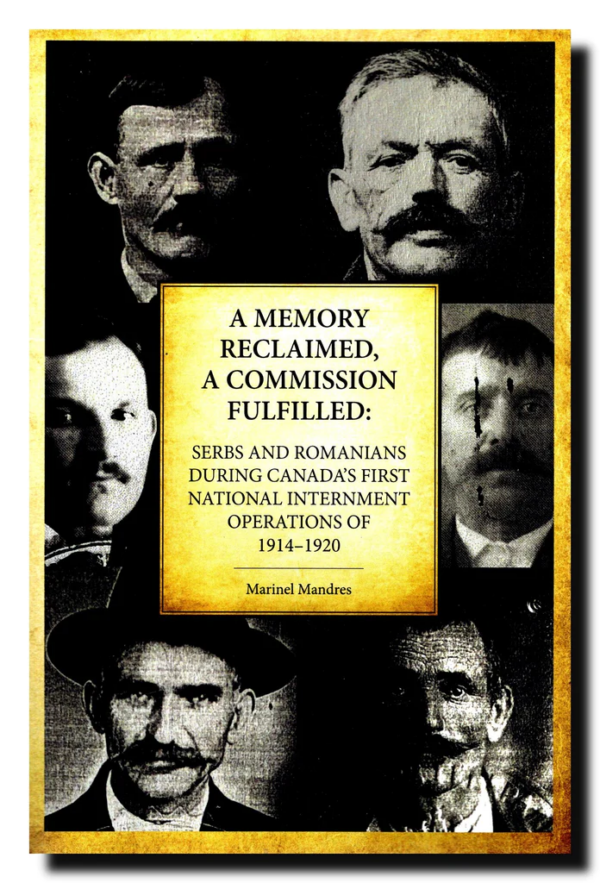
Црквени парастоси и молитве нас уче да требамо да памтимо, да се сетимо наших предака. То нам је дужност пред Богом. Кад се молимо “вечнаја памјат” – вечно памћење – признајемо да су земаљски и вечни живот један континуитет. Памћење је важан појам за опстанак нације и породице – алтернатива је заборав. Питајмо се: Колико стотина хиљада српских великана, хероја, жртава, и обичних људи су заборављени? Сваки је дао део себе отаџбини, народу и породици и заслужио је памћење.
Откривено сазнање дало нам је увид у болни случај првих имиграната у Канади који су, стицајем околности и историјских збивања, били дискриминисани, жигосани и малтретирани кад је објављен Велики рат. Пали су у заборав сто година и додатно томе, били заборављени и за време комеморацијестогодишњице одржане 2014. у Европи. Значи, били су ван људског памћења два пута. Срећом, сада су отргнути из заборава захваљујући сјајном истраживачком раду др Маринела Мандреша са Wilfrid Laurier Универзитета у Ватерлоу. Његова нова књига “Повратак сећања, испуњено обећање: Срби и Румуни током Прве канадске националне операције интернирања 1914-1920” (A Memory Reclaimed, A Commission Fulfilled: Serbs and Romanians during Canada’s First National Internment Operations of 1914-1920, Kingston: Kashtan Press, 2022) доприноси академској документацији трагичне епизоде из раније канадске историје. Ова студија је омогућена стипендијом канадске владе преко Канадског фонда за признање интернирања за време Првог светског рата. Канадски универзитети и Српска народна одбрана у Канади (Serbian National Shield Society of Canada) су допринели финансиjска средства за овај дугогодишњи рад.
Тешка неправда се тада догодила у овој земљи када су на хиљаде новодошлих имиграната били жигосани као „непријатељски странци” чија је лојалност била сумњива. Били су предмет праћења, пријављивања, новчаних казни, хапшења и интернирања у 24 логора у хладној пустињи због државе из које су дошли. Године 1915. у Канади је било 165.775 “непријатељских странаца”, од којих је 121.430 било из Аустроугарске, 39.577 из Немачке, 4.768 из Турске и 1.666 из Бугарске. Међу њима 5.954 од 8.579 били су аустроугарски држављани међу којима је било неколико стотина етничких Срба и Румуна. Срби су бројали мање од 3.000 на простору Канаде у то време.
Др Маринел Мандреш је пронашао, потврдио и записао имена интернираних Срба и Румуна, која су до сада била непозната. Овом студијом њихове трагичне судбине су откривене за историју. Украјинци су први случајно наишли на страшну трагедију која је утицала на бројне етничке групе и већ годинама истражују своја имена.
Прве канадске националне операције интернирања је предмет који је недавно добио академско признање и укључен у наставне програме. Представља преовлађујући ратни однос јавности и медија према имигрантима, поступак федералне владе (нпр. законска ограничења) и услове у логорима за интернирце. Др Маринел Мандреш је одабрао примере инцидената, како су српски и румунски интернирци третирани и доживљавали нанету неправду.
Прво поглавље је преглед таласа Срба и Румуна који су се настанили у Канаду пре 1914. Представљени су главни разлози за напуштање отаџбине и демографски профил ових досељеника. Ови детаљи стављају у контекст степен до којег су били погођени интернирањем – њихов број и где су ухапшени и заточени.
Аутор објашњава зашто и како су српска и румунска заједница постале жртве примењеног стандарда због грешке у регистрацији при улазу у Канаду. Етничко порекло није уведено. Значи, само званично држављанство на пасошу
(аустроугарско, итд.) одређивало је ко је “непријатељски странац”. Канађани и федерална Влада нису разумели разлику између земље рођења и етничког порекла. Свака етничка група која је стигла на тло Канаде је била погођена овим пропустом. Значи, Срби који су стигли из Крајине, Босне и Херцеговине као држављани Аустроугарске империје су регистровани као Аустроугари или Аустријанци. Ни њима ни Румунима није забележено етничко порекло. Није узето у обзир да су бежали од неправде Аустроугaрске која је окупирала њихову родну земљу. Овај пропуст ће их скупо коштати само неколико година касније. Као последица тог пропуста, жигосани су као “непријатељски странци” и сматрани су као “унутрашња претња” везана са непријатељском империјом која је у рату са савезницима, укључујући Британску империју којој је Канада припадник. Ужа Србија и Црна Гора су били савезници, и имигранти из тих држава нису стигматизовани. Значи, Срби су се нашли у дихотомној ситуацији.
Др Маринел Мандреш даље описује дипломатске иницијативе и залагање заједнице у ослобађању интернираних Срба. У архивским грађама пронашао је евиденцију кооперативне сарадње двојице познатих српских дипломата, Михајла Пупина и конзула Антуна Сеферовића, са најстаријом српском организацијом у Канади – Српском народном одбраном у Канади (Serbian National Shield Society of Canada) – основаном 1916. чији је секретар и касније председник био Божидар Марковић из Торонта. Захваљујући његовој ћерки Олги, његова лична кореспонденција поводом интернираца је много допринела да се сачува његово сведочење и обелодани његова улога у име СНО у ослобађању ових јадних људи који су стигли са великом надом и завршили у логорима у северној пустињи – никоме ни криви ни дужни. Тек су били пуштени на слободу почетком 1919. после потписаног примирја.
У четвртом поглављу др Маринел Мандреш пише о Канадској експедиционој снази (Canadian Expeditionary Force) где су се 430 Срба и 224 Румуна добровољно уписали да би доказали лојалност Канади и њеним савезницима. Трагајући по архивама успео је да потврди имена и личне приче ових људи који су интернирани после неуспешног покушаја да се упишу у канадске јединице. Слично томе, Српска ратна мисија (Serbian War Mission) на овом континенту, чији су представници у Торонту били Лазар Џелетовић и Божидар Марковић, имала је улогу регрутовања и мобилизације наших људи у Северној Америци, да се боре у Европи и на Солунском фронту. Сви представници Српске ратне мисије у Канади су били чланови Српске народне одбране.
Пето поглавље је преглед хуманитарног рада у корист напаћене Србије. Јелена Лозанић, делегат Црвеног крста Србије и ћерка српског министра спољних послова и првог ректора Београдског универзитета Симе Лозанића, са двадесетак година старости држала је предавања широм Канаде и САД о тешком положају Србије. Публику је упознала о хитној потреби прикупљања помоћи за избеглице, сирочад и болнице. Била је примљена код највиших представника Владе. Захваљујући њеном изванредном и несебичном напору, основан је Српски хуманитарни комитет Канаде (Serbian Relief Committee of Canada) са својим локалним огранцима. Чедомиљ Мијатовић, угледни српски политичар и дипломата, такође је посетио Канаду како би ургирао хуманитарну помоћ. И његови подухвати су описани у књизи.
Др Маринел Мандреш наставља са реконструисаним личним искуствима 280 српских и 396 румунских интернираца. Кад се укључе седам жена и 14 деце повећава се број Румуна на 410. Српски и румунски затвореници држани су у скоро свим од 24 логора расутих широм Канаде. Уведена су имена сваког интернираног лица, држављанство, родно место, датум и место хапшења, интернирања и пуштања на слободу, старости при интернирању, биографске белешке и датум смрти. Приказана је судбина две жене остављене са децом, кад су им хранитељи одведени у логоре.
Седмо поглавље говори о последицама интернирања. Пред крај рата, представници обе заједнице су активно ангажовале локалне политичаре да опозову љагу “непријатељски странци”. Крајња судбина интернираних је представљена – да ли су остали у Канади, отишли у САД или се вратили у Европу.
На крају аутор истиче главне налазе и предлаже будуће теме за истраживање. Лична сећања интернираних постају део нашег памћења и ратне историје и додатак збивања изосталих и прећутаних у канадској историји о патњи интернираца и њихових породица.
Књига се сада налази у збирци разних универзитетских библиотека у Канади и САД, у архивама у Канади, САД, Србији и Енглеској. Прелиминарне рецензије академских колега су позитивне. Један коментар: „Књига је одлична и биће вредан додатак нашим збиркама… Истраживачи ће имати користи од вашег рада на овој предуго потопљеној и релевантној теми, далеко у будућност“ (Библиотека Универзитета у Саскачевану). Ова охрабрујућа оцена о мајсторском истраживању др Маринела Мандреша појачава његов циљ – да се ова болна прича обелодани и сачува од заборава. Другим речима, ово добро дело др Маринела Мандреша је једна врста молитве која осигурава да интернирци и њихова патња за време Великог рата имају вечан спомен.

Пореклом из српског Баната, др Маринел Мандреш је докторирао географију на Универзитету Wilfrid Laurier у Ватерлоу, где је виши предавач. Његове недавне публикације укључују преглед о последицама интернирања Срба у Канади током Великог рата у књизи Civilian Internment in Canada: Histories and Legacies (2020), студија о српским топонимима у Северној Америци у часопису Serbian Studies (2021), и чланак о италијанским интернирцима у Канади током Првог светског рата у издању часописа Italian Canadiana (2022).
ДЕСЕТОГОДИШЊЕ ИСТРАЖИВАЊЕ
Рад др Маринела Мандреша је резултат десетогодишњег истраживања по архивама у Отави, Торонту, Викторији, Минеаполису, Београду, Вашингтону, Лондону и Женеви. Дипломатски досијеи који се чувају у Архиву Југославије у Београду, посебно дупликати докумената чије су оригинале уништиле канадске власти, откривају идентитете, одговарају на критична питања, премошћују празнине у информацијама и омогућавају нова тумачења што је олакшало реконструкцију историјских догађаја.
На 440 страница овај академски рад, први о доживљајима Срба и Румуна тог времена, се састоји од осам поглавља, 17 слика, две табеле, фусноте, проширену библиографију, индекс, итд. Предговор је реч Српске народне одбране у Канади
(Serbian National Shield Society of Canada) организација која је вршила улогу “спаситеља” српских интернираца.
АУТОР ЧЛАНКА: Драга Драгашевић (објављено у магазину “Слово”, 28. фебруара 2023, стр. 38-40)
* * *
Remembering the Serbian and Romanian Internees in World War I Canada:
A new study by Dr. Marinel Mandreš
Draga Dragašević
A new book by Dr. Marinel Mandreš of Wilfrid Laurier University in Waterloo, Ontario entitled “A Memory Reclaimed, a Commission Fulfilled: Serbs and Romanians during Canada’s First National Internment Operations of 1914-1920” (Kingston: Kashtan Press, 2022) documents the names and tragic experiences of early Serbian and Romanian immigrants who were interned in camps across Canada during and after the end of World War I.
The memorial services and prayers of our Orthodox faith teach us that we must remember and cherish the memory of our families and forefathers. That is our duty before God. When we pray “Memory eternal, Vječnaja pamjat” we are acknowledging that our earthly and eternal lives are one continuum. Remembrance ensures the survival of a family and a nation; the alternative is erasure and oblivion. Hundreds of thousands of great heroes, martyrs and ordinary people have been forsaken by time. Bringing his own Serbian and Romanian roots to the important topic of the World War I internment operation in Canada, Dr. Mandreš has paid tribute to those suffering innocents and preserved the memory of the injustice they experienced.
Grievous injustice
A grievous injustice occurred in this land between 1914 and 1920 when thousands of early 20th century immigrants were stigmatized as “enemy aliens” and their loyalty to this new homeland was placed under suspicion. They were monitored, reported, financially penalized, arrested and interned in 24 camps in Canada’s frigid hinterlands.
In 1915 Canada registered 165,775 “enemy aliens” of which 121,430 were from Austria-Hungary, 29,577 from Germany, 4,768 from Turkey, and 1,666 from Bulgaria. Of the 8,579 who were interned, 5,954 were Austro-Hungarian citizens, among whom were several hundred ethnic Serbs and Romanians. At that time, there were fewer than 3,000 Serbs across the vast expanse of Canada’s territory.
The first to learn about this tragic episode in this nation’s history was a Canadian Ukrainian professor who inadvertently stumbled over this story in the 1970s during a conversation with an elderly former Ukrainian internee. Steadily accumulating evidence about their own internees, Canadian Ukrainian scholars discovered that not only were injustices suffered by their community, but that other European immigrant groups had also been stigmatized as “enemy aliens”.
Even more significantly, what had happened to these innocents had nothing to do with anything they had done wrong, but only with who they were and where they had come from. Most had arrived in response to the Dominion government’s invitation to develop the Prairies. Some were escaping oppression in their homelands which were under foreign occupation. All had arrived in the hope of a better life for themselves and their families. To their great misfortune and undeniable dismay, the passports they presented at the port of landing in Halifax later condemned them to hardships during and after World War I. This tragedy had affected numerous ethnic groups, primarily from the Austro- Hungarian, German and Ottoman empires.
Unveiling the past
The intensive lobbying efforts of the Canadian Ukrainian community were the impetus for the Canadian government’s establishment of the Canadian First World War Internment Recognition Fund in 2008 whose goal was to unveil this lost history through academic research and artistic interpretations. By means of a grant process, this 15- year project revealed long forgotten facts concerning the painful situation faced by our early immigrants who, trapped by their circumstances and historical upheavals in Europe, were discriminated, stigmatized, misunderstood and mistreated when World War I broke out. Their stories, obscured by time, were buried for a century, only to be forgotten again during the 2014 centennial commemorations of the beginning of the Great War held in Europe. In other words, they continued to be excluded from humanity’s memory.
Serbian and Romanian internees have finally been given a voice and saved from the passage of time thanks to the outstanding research of Dr. Marinel Mandreš. His new book, a valuable contribution to the academic documentation pertaining to this tragic episode in Canadian history, was facilitated by a grant from the Canadian First World War Internment Recognition Fund with additional financial support from Canadian universities and the Serbian National Shield Society in Canada (Srpska narodna odbrana u Kanadi).
In this study Dr. Mandreš identifies and confirms the names of hundreds of Serbs and Romanians from among the thousands of names of internees and “enemy aliens” and documents their tragic fates which had been heretofore unknown. This volume is the result of ten years of exhaustive exploration in archival collections in Ottawa, Toronto, Victoria, Minneapolis, Belgrade, Washington, London and Geneva. In particular, duplicates of diplomatic documents, whose originals were not salvaged by the Canadian government, were located in Arhiv Jugoslavije in Belgrade. These files revealed identities, answered critical questions, bridged gaps in information, and facilitated new interpretations of the internment operation and the reconstruction of those historical events.
This 440-page academic study, the first of its kind concerning the experiences of early Serbs and Romanians, includes eight chapters, 17 original photographs, two tables, footnotes, an extensive bibliography, an index, etc. The foreward is written by the Serbian National Shield Society (Srpska narodna odbrana u Kanadi) which liberated many Serbian internees.
The first Canadian national internment operation recently received academic recognition and is incorporated into education curricula. Dr. Mandreš’ study unveils the wartime attitude of the public and media toward these immigrants, their treatment by federal authorities (for example loss of civil liberties, isolation, etc.) and the harsh conditions in the internment camps. Selected incidents demonstrate how the Serbian and Romanians internees personally experienced the injustice directed at them.
Overview of a terrible error
The first chapter presents an overview of the migratory waves of Serbs and Romanians who settled in Canada before 1914, the primary reasons for their departure from their homeland, and the demographic profile of these newcomers. These details place into context the degree to which they were affected by the internment, their numbers, and where they were arrested and incarcerated. Dr. Mandreš explains why and how the Serbs and Romanians became victims of the applied standard because of initial errors in the registration of their identities at the Canadian port of entry. To put it succinctly, their ethnic origins or nationality were not recorded, only their citizenship as it appeared on their passports (Austro-Hungarian, etc.). This error ultimately determined who would be classified as “enemy aliens” and become suspect.
Because Canadians and the federal government did not understand the difference between “land of birth”, “ethnic origin” or “nationality” of peoples under foreign occupation, many ethnic groups which had arrived on Canadian soil were affected by this error. In other words, Serbs who had arrived from Krajina, Bosnia and Hercegovina as citizens of Austria-Hungary were registered as Austro-Hungarians, or simply as Austrians. Their ethnic origin and their opposition to Austria-Hungary’s occupation of their homeland were not taken into consideration. This oversight by the authorities cost these immigrants dearly only a few years later.
As a result of the above, they were not only stigmatized as “enemy aliens”, but they were also viewed as “internal enemies” affiliated with the enemy empire which was at war with the Allies including the British Empire to which Canada belonged. Serbia proper and Montenegro were allies of Canada and, thus, immigrants with passports from those territories were not stigmatized. Placed in a dichotomous position, Serbs from Austria-Hungary and those from Canada’s allied territories were treated differently.
Diplomatic initiatives
Dr. Mandreš further describes the diplomatic initiatives and efforts of the community in liberating the interned Serbs. In the archival records he located evidence of the co-operation between two noted Serbian diplomats, Mihajlo Pupin and Consul Antun Seferović, and the oldest Serbian organization in Canada, the Srpska narodna odbrana u Kanadi (translated at that time as the Serbian National League of Canada, later as the Serbian National Shield Society of Canada) established in 1916 whose secretary and later president was Božidar M. Markovich of Toronto.
Thanks to Markovich’s daughter Olga, his personal correspondence preserved his evidence concerning the internees and disclosed his role on behalf of the SNO in liberating these unfortunate people who had arrived with great hope in their hearts, but who were subjected to injustice in the internment camps in the northern hinterlands – guilty of no punishable offense. Markovich succeeded in liberating many in early 1919 shortly after the Armistice was signed. Unfortunately, some internees remained incarcerated to 1920. In a gesture of empathy, the SNO also helped to free internees from other affected ethnocultural communities.
Loyal recruits
In the fourth chapter Dr. Mandreš writes about the Canadian Expeditionary Force where 430 Serbs and 224 Romanians voluntarily signed up to prove their loyalty to Canada and her allies. In the course of his archival research he succeeded in confirming the names and experiences of these men who were interned after their unsuccessful efforts to sign up in the Canadian forces. Similarly, the Serbian War Mission (Srpska ratna misija) on this continent, whose representatives were Lazar Dželetović and Božidar Markovich, recruited and mobilised Serbian men in North America to fight in Europe and on the Salonica Front. All the members of the Serbian War Mission in Canada were members of the original Srpska narodna odbrana u Kanadi (Serbian National Shield Society of Canada).
Humanitarian efforts for Serbia
The fifth chapter is an overview of the humanitarian work on this continent undertaken on behalf of suffering Serbia. The Serbian Red Cross delegated Jelena Lozanić to travel across Canada and the USA to address the public concerning the terrible wartime conditions in Serbia and the urgent need for humanitarian aid for refugees, orphans and hospitals. When she embarked on this important mission, she was only in her 20s, the daughter of Simo Lozanić, Serbian Minister for Foreign Affairs and first Dean of the University of Belgrade, and was received by the highest levels of government in both countries. Thanks to her tireless and gallant efforts, the Serbian Relief Committee of Canada (Srpski humanitarni komitet Kanade) was established with local branches. Čedomilj Mijatović, another prominent Serbian politician and diplomat, also travelled across Canada to promote little Serbia’s desperate need for humanitarian aid. His noble efforts are also described in this study.
Compiling personal details
In chapter 6 Dr. Mandreš continues his reconstruction of the personal experiences of 280 Serbian and 396 Romanian internees who were incarcerated in almost all of the 24 camps across Canada. With the additional internment of seven children and 14 women, the Romanian number increased to 410. The author recorded the names of every one of these internees, including the correct spelling of their names in their native languages, their citizenship, place of birth, age at internment, date and place of arrest, dates of actual internment and release, and biographical details such as immigration, naturalization and date of death. Whenever possible, the reason for arrest and internment is provided. Prominent treason cases involving two groups of internees, one Serbian and one Romanian, are examined. Mention is also made of intrepid individuals who successfully challenged laws and set precedents.
Aftermath of the tragedy
The aftermath and impact of internment is described in chapter 7. At end of the war both ethnic communities actively engaged local politicians to rescind the discriminatory and offensive classification “enemy aliens”. The fate of the internees is presented – whether they remained in Canada, moved to the United States or returned to Europe. While the vast majority of internees were males, this text offers a glimpse into the fate of two Serbian and two Romanian women left behind to fend for themselves and their children.
The conclusion of the book summarises the main findings and proposes themes requiring further investigation. The personal reminiscences of the internees, which now constitute a part of our wartime historical memory, facilitate an interpretation of the respective ethnic internment experiences.
Commission for posterity
“A Memory Reclaimed, A Commission Fulfilled” is now available in the collections of university libraries in Canada and the USA, in archives in Canada, the USA, Serbia and the United Kingdom. Preliminary reviews by academic peers have been positive. For example, the University of Saskatchewan Library gave Dr. Mandreš the following endorsement: “It’s excellent and will be a valuable addition to our collections… Researchers will benefit from your work on this too long submerged and pertinent subject, far into the future”. This encouraging assessment of the sterling and ground breaking research of Dr. Marinel Mandreš reinforces his goal: to ascertain the hidden facts, to unveil this painful tragedy, and to preserve it for posterity.
This scholarly initiative not only gives the internees a voice, but it underscores the Canadian First World War Internment Recognition Fund’s commitment to shaping an inclusive account of this historic injustice. One of the last survivors of the internment operations, Mary Manko Haskett, asked future generations to preserve the memory of what had happened to them. By peeling away the layers of their forgotten narrative, Dr. Mandreš has ably responded to Mary Haskett’s commission by delivering solid evidence about the hardships and prejudices these “enemy aliens” sustained. It is a narrative that warrants retelling again and again. Dr. Marinel Mandreš’ excellent and thorough study ensures that the memory of the Serbian and Romanian internees will be honoured forever. We owe him a debt of sincere gratitude.
About the author
Originally from the Banat region of Serbia, Dr. Mandreš received his BES (Urban and Regional Planning) and MA (Regional and Resource Planning) from the University of Waterloo and PhD from Wilfrid Laurier University (Geography). A senior lecturer in the Department of Geography and Environmental Studies at Wilfrid Laurier University, his research interests include ethnic and immigration geography, toponymy, and civilian internment. His recent publications include a chapter on the impacts and consequences of Serbian internment in Canada during the Great War in the book Civilian Internment in Canada: Histories and Legacies (2020), an article about Serbian toponyms in North America in the journal Serbian Studies (2021), and an article about the internment of Italians in Canada during the First World War in a special edition of the journal Italian Canadiana (2022).












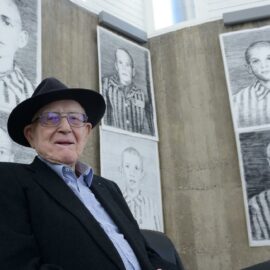
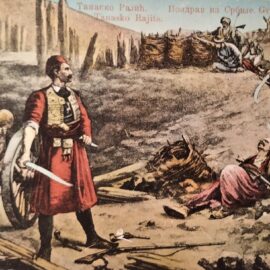
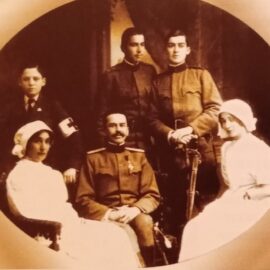
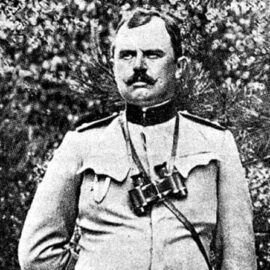
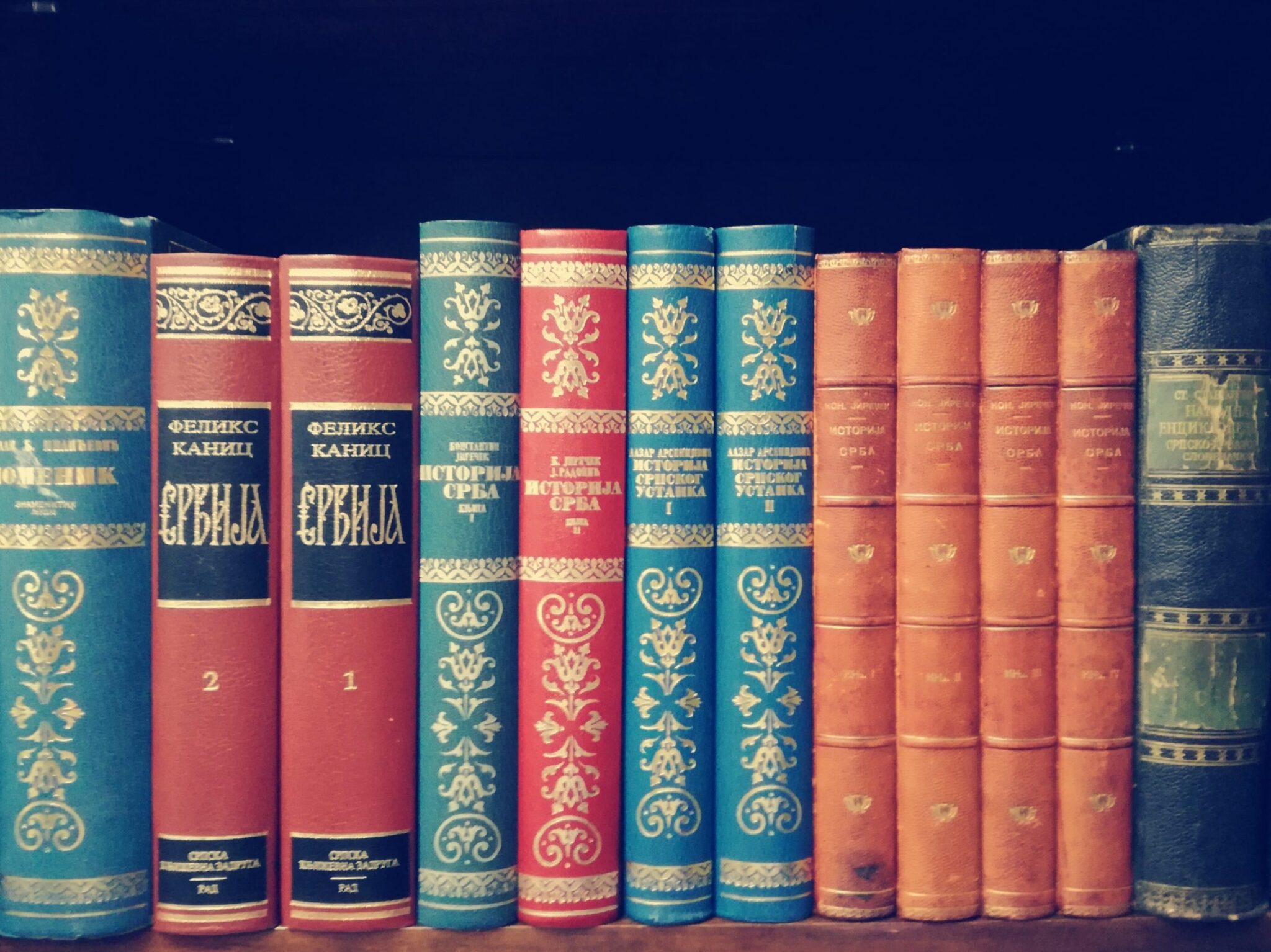
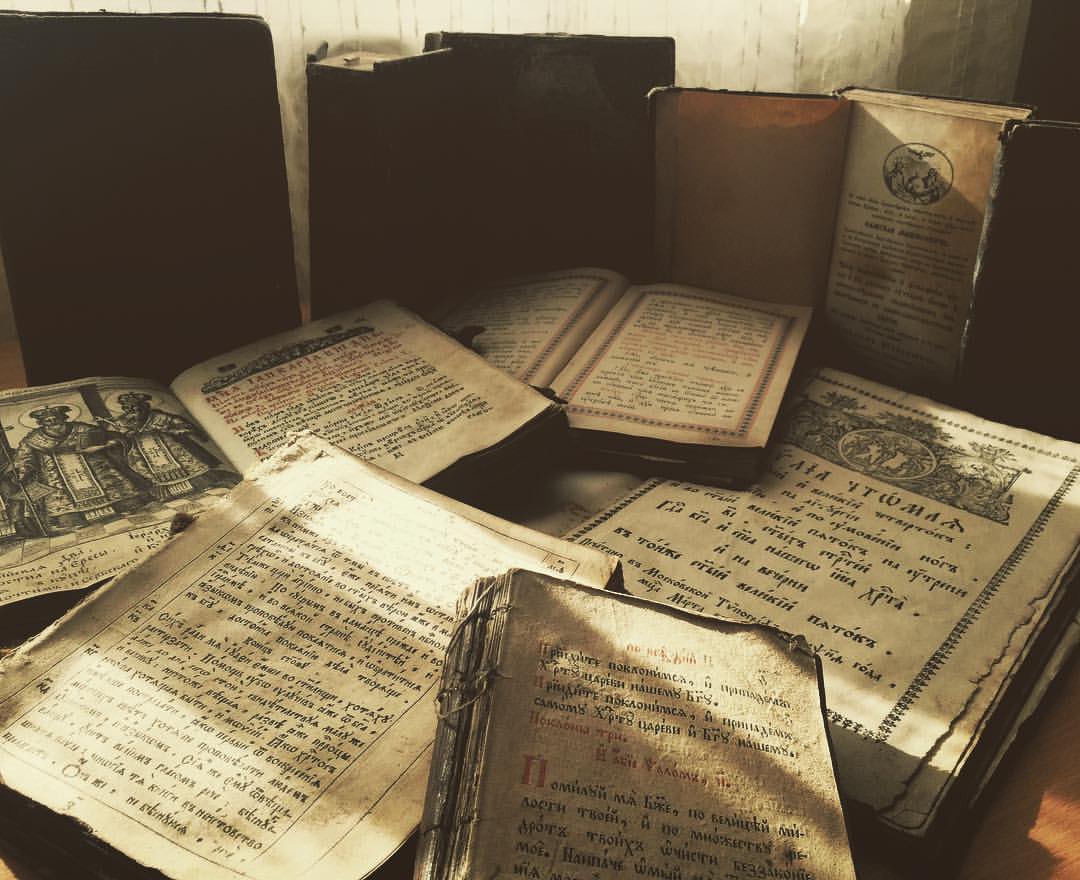


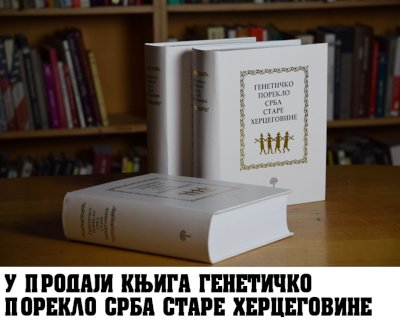
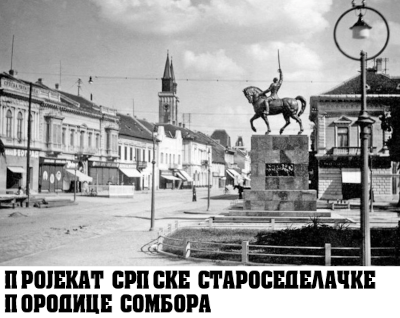
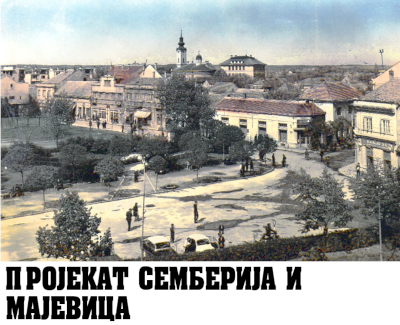
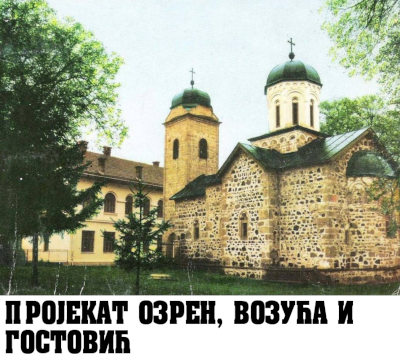
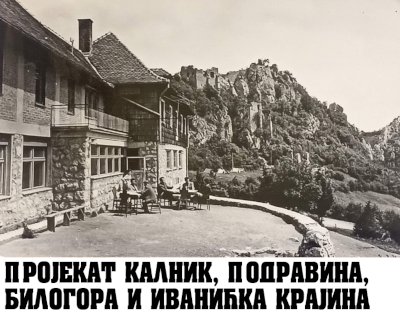
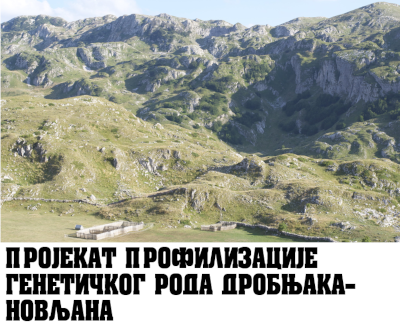
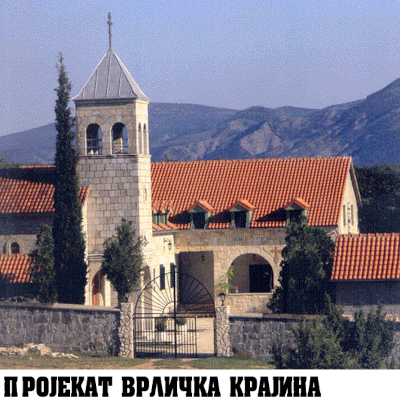

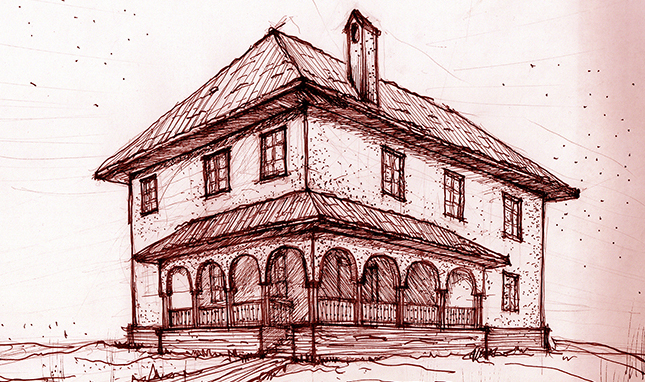

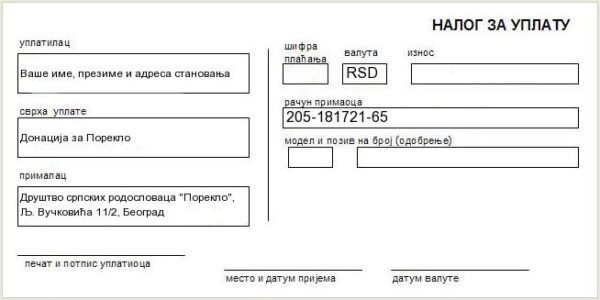
Коментари (0)